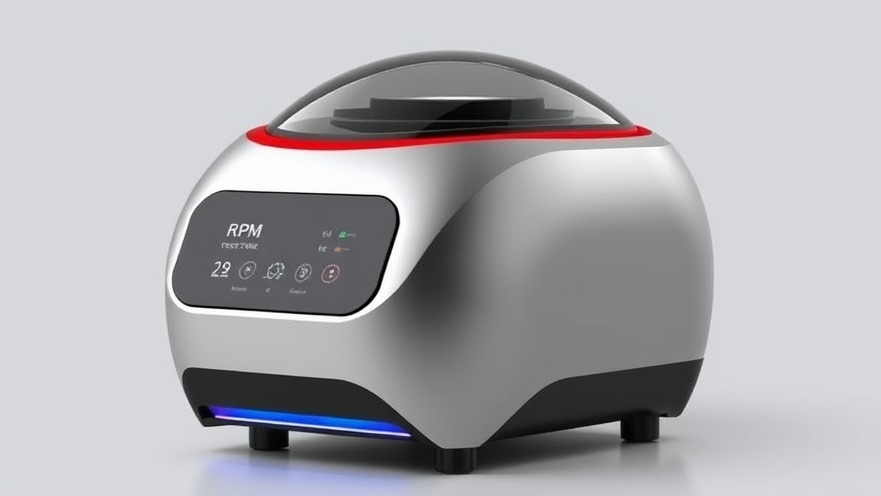
Revolutionizing Sepsis Detection: A Game-Changer in Patient Care
In the realm of critical care, the rapid detection of sepsis is paramount. More than 20% of all global deaths can be attributed to this severe reaction to infection, which often leads to organ failure if left untreated. Canadian scientists from the University of British Columbia (UBC) have developed a new blood test named PowerBlade, paired with innovative machine learning techniques, that promises to revolutionize the way healthcare providers approach sepsis detection.
The Details Behind PowerBlade: How It Works
The PowerBlade device utilizes just a drop of blood and a meticulously automated sequence of testing steps to detect sepsis efficiently. In studies with over 3,000 hospital patients suspected of having sepsis, researchers employed a machine learning model to pinpoint a specific six-gene expression signature called “Sepset.” This model showed an impressive accuracy of 90% or more, allowing physicians to identify at-risk patients much earlier than traditional methods, which can take upwards of 18 hours.
AI's Role in Enhancing Accuracy and Speed
Artificial intelligence has proven instrumental in analyzing complex data sets to discover critical predictors of sepsis. The integration of AI in the PowerBlade test has elevated its detection capabilities to an accuracy of 94%, effectively catching early-stage sepsis before patients’ conditions worsen significantly. This leap in predictive capabilities not only enhances patient safety but also demonstrates how technology can transform patient outcomes.
Bringing Testing to the Bedside: The Importance of Timeliness
The significance of the PowerBlade lies in its ability to deliver results in under three hours, a drastic improvement over traditional lab tests. Quick results are essential in emergency healthcare settings, particularly in remote areas or emergency departments where time is paramount. The portability and speed of this device signify a notable shift towards immediate treatment options, ultimately saving lives as physicians can intervene before symptoms escalate.
Impact on Healthcare Practices: A Vital Tool for Concierges
For concierge health practitioners, staying at the forefront of medical technology is crucial in providing optimal care to patients. The PowerBlade not only equips providers with a reliable tool for sepsis detection but also enhances the overall patient experience by ensuring timely treatment. This technological advancement aligns perfectly with the growing need for personalized and immediate medical solutions.
Future Insights: What This Means for Healthcare
Looking ahead, the integration of such advanced diagnostic tools indicates a promising trend towards more proactive medical care. This aligns with the broader movement in healthcare aimed at early intervention and preventive medicine. With innovations like the PowerBlade, we may witness a decline in severe sepsis cases, ultimately reducing hospital stays and healthcare costs associated with late-stage diagnoses.
Conclusion: Embracing Technology in Patient Care
The advent of the PowerBlade marks a significant milestone in the fight against sepsis. For concierge health practitioners keen to enhance their patient care strategies, this portable device represents a vital addition to their toolkit. As innovations continue to reshape how medical professionals approach diagnosis and treatment, staying informed and adopting such technologies can lead to improved patient outcomes and operational efficiencies.
Call to Action: To learn more about innovative health technologies that can enhance your practice, stay connected and explore additional insights regularly shared on platforms dedicated to healthcare advancements.
 Add Row
Add Row  Add
Add 






Write A Comment